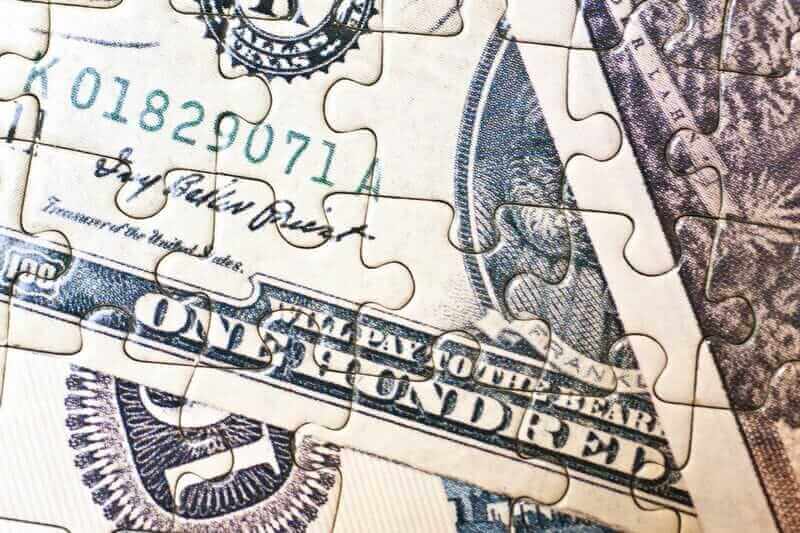
Yesterday was a good day for American consumers and investors alike. Consumer Price Index (CPI) data for June came in, with inflation climbing just 0.2% to 3% year-over-year. This came in lower than the expected 3.1%, as well as hit the lowest inflation rate since March 2021.
The Bureau of Labor Statistics also noted that even on a “core” basis, stripping out volatile costs of food and gas, prices still came in lower than economist estimates. June saw a climb of just 0.2% here as well compared to May numbers, and 4.8% over last year.
This growth was also the smallest one-month increase the index has seen since August 2021. And markets reacted strongly to the news.
The United States major indexes hit their highest levels since April 2022 across the board, with investors now pricing in a 92.4% chance of a 25 base point rate hike when the Federal Reserve meets in July, according to the CME's FedWatch Tool.
So, what should Americans and investors expect next?
What happened
Inflation surged during the COVID-19 pandemic for a variety of reasons:
- The government spent trillions of dollars to support their economies during the pandemic. This increased the money supply, which can lead to inflation.
- The pandemic disrupted global supply chains, leading to shortages of goods and higher prices. This was particularly evident in the early stages of the pandemic, when demand for goods surged as people stayed home and businesses closed.
- As the pandemic subsided, demand for services rebounded, but supply was slow to catch up. This led to higher prices for services, such as travel, entertainment, and dining out.
- The price of oil and other energy commodities rose sharply during the pandemic, contributing to inflation. This was due to a number of factors, including supply disruptions, increased demand, and speculation.
- And as inflation rose, people began to expect that it would continue to rise. This can become a self-fulfilling prophecy, as businesses raise prices in anticipation of higher demand.
Yet when pandemic restrictions eased, the surge in prices did not, leading to the costs of services rising as well. In fact, prices rose at the fastest pace in four decades. At its peak, the CPI rose to 9.1% year-over-year in June 2022, the highest since November 1981, with the core CPI hitting 6.3% in August of the same year.
To combat inflation, the Federal Reserve has been increasing interest rates in March 2022. The Fed is doing this because increased rates makes it more expensive for businesses and consumers to borrow money. This, in turn, slows down the economy and reduces demand for goods and services. As demand falls, prices tend to fall as well.
While inflation came in lower than the 3.1% expected, and still even lower from the 4% in May, and 5% core CPI, there is still more work to be done. The Fed's target rate of inflation is 2%.
And in yesterday's report there were still important segments of the economy showing an increase in prices, the largest contributor being shelter, which accounted for over 70% of the increase.
A rate hike in July looks likely but what about after that?
While the news was certainly welcomed by investors and economists alike, the Fed is still likely to raise rates again at it's next meeting later this month on July 25th and 26th.
Some are speculating that this could be the last of the Fed's rate hikes, as June's CPI validated that the Fed's policies have been working, with inflation easing while still seeing growth in the economy.
It's important to note that core inflation at 4.8% is still far from the 2% annual target. So while there is hope that this the expected rate hike in July could be the last, it is by no means guaranteed.
The shelter index rose 0.4% compared to last month, but was up 7.8% year-over-year. Until there is meaningful movement in this area, rates could keep climbing.
“This means that if, as we expect, shelter costs start to weaken considerably during the second half of the year, the prospects for much lower inflation readings are looking promising,” said Eugenio Aleman, chief economist at Raymond James. “If we don’t have much lower readings for shelter cost and also base effects, we may see higher year-over-year inflation until the end of this year.”
Add in to this that June's job report data showed the labor market remained steady, with low unemployment coupled with higher wages, and it's possible that July's rate hike likely not the last.
In fact, during the June Federal Reserve meeting, the central bank stated it's likely to raise rates either twice more by 25 base points, or once more by 50 base points. A 50% increase hasn't occurred since December of last year.
Final Takeaway
Although the Fed is successfully reducing inflation with their rate hikes, we aren't out of the woods yet. It will take some time for inflation to reach the Fed's 2% target.
In a recent interview with CNN, Bank of America CEO Brian Moynihan said "We think it will take [Fed officials] all of this year and all of next year and into 2025 before they get inflation in line with their long term target.”
So while we expect a July rate hike, yesterday's positive CPI report could be sign that the Fed is nearing the end of it's rate hiking cycle.
On the date of publication, Amy Legate-Wolfe did not have (either directly or indirectly) positions in any of the securities mentioned in this article. All information and data in this article is solely for informational purposes. For more information please view the Barchart Disclosure Policy here.






